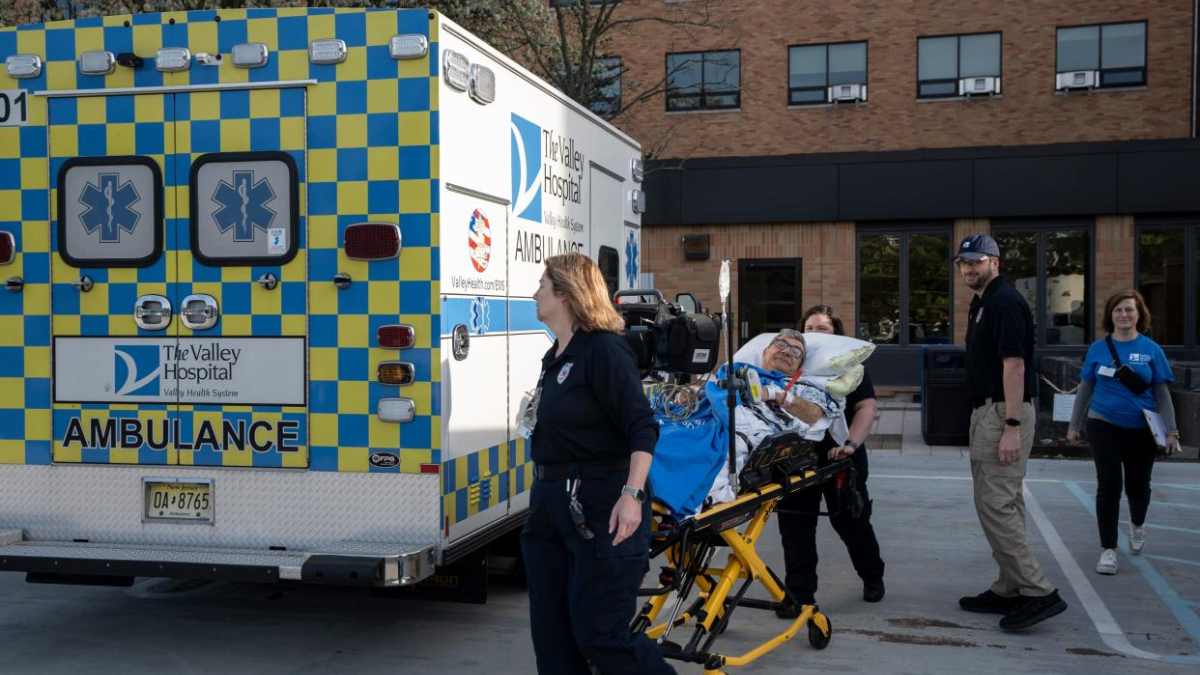Two North Carolina hospitals have recently been graded poorly for patient safety, earning “D” ratings from the Leapfrog Hospital Safety Grades. Central Carolina Hospital and Granville Medical Center both face scrutiny for various safety concerns, including infection control, falls, harmful events, and insufficient ICU care.
Key Issues Behind the D Grades
Both hospitals struggled with common safety issues that can put patients at risk. For instance, Central Carolina Hospital faced problems with urinary tract infections linked to catheter use, harmful events post-surgery, and communication gaps between staff and patients. Granville Medical Center also had issues with medication errors and infections like C. diff, which are often spread by improper handwashing.
These hospitals are part of a broader trend of hospitals needing to address patient safety to meet industry standards. Learn more about the full safety grades report here.
Impact on Patient Care
The poor grades reflect serious gaps in care that could compromise patient safety. Issues such as dangerous bedsores, delayed treatments, and errors in medication administration highlight the urgency for improved safety protocols. Additionally, both hospitals lack specialized intensivists in their ICUs, which may increase risks for critically ill patients.
The Leapfrog Group’s evaluation underscores the importance of hospitals maintaining high standards for safety and patient care. These low grades are a call for both hospitals to re-evaluate their practices and make necessary improvements to protect patients.
Moving Forward
For Central Carolina Hospital and Granville Medical Center, improving safety protocols and addressing these concerns is essential. Patients and their families must advocate for safer practices while these hospitals work to resolve their issues. Hopefully, these hospitals will transition back to higher safety grades as they enhance their care.
As patient safety remains a critical priority for healthcare providers, all hospitals must continually improve their safety measures to ensure the best outcomes for their patients.
Note: Every piece of content is rigorously reviewed by our team of experienced writers and editors to ensure its accuracy. Our writers use credible sources and adhere to strict fact-checking protocols to verify all claims and data before publication. If an error is identified, we promptly correct it and strive for transparency in all updates.








